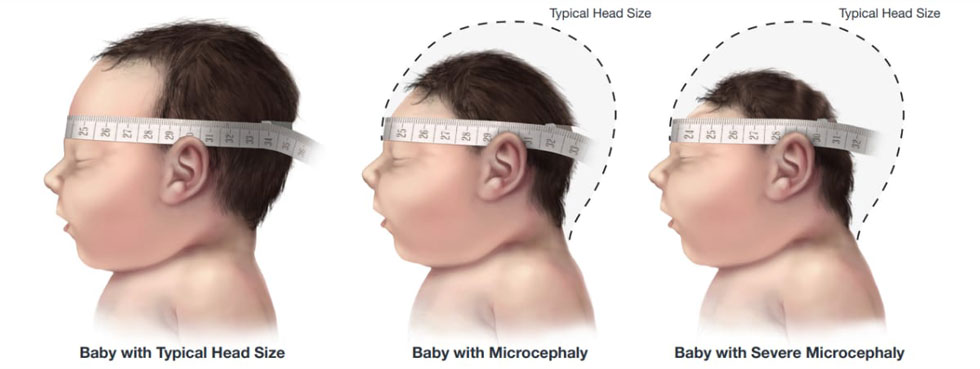Integrative analysis of molecular pathways and morphological anomalies associated with congenital Zika syndrome
22 Oct 2024

Image source: https://www.cdc.gov/zika/czs/
Authors: Nathali Parise Taufer, Camila Santos-Souza, Lucas Trentin Larentis, Claudia Nunes Duarte Santos, Sophie Emmanuelle Creuzet, Ricardo Castilho Garcez
Editor's Choice
Journal of the Neurological Sciences. REVIEW ARTICLE| VOLUME 465, 123190, October 15, 2024
DOI: https://doi.org/10.1016/j.jns.2024.123190
Highlights
- Congenital Zika syndrome mainly causes central nervous system and skeletal anomalies.
- The effects of ZIKV on cell proliferation and migration surpass its impact on cell death.
- ZIKV primarily affects immunity, ossification, and neurogenesis molecular pathways.
- Molecular interactions indicate shared pathways between osteogenesis and neurogenesis.
Congenital Zika syndrome (CZS) comprises a set of clinical manifestations that can be presented by neonates born to mothers infected by the Zika virus (ZIKV). CZS-associated phenotypes include neurological, skeletal, and systemic alterations and long-term developmental sequelae. One of the most frequently reported clinical conditions is microcephaly characterized by a reduction in head circumference and cognitive complications. Nevertheless, the associations among the diverse signaling pathways underlying CZS phenotypes remain to be elucidated.
To shed light on CZS, we have extensively reviewed the morphological anomalies resulting from ZIKV infection, as well as genes and proteins of interest obtained from the published literature. With this list of genes or proteins, we performed computational analyses to explore the cellular processes, molecular mechanisms, and molecular pathways related to ZIKV infection.
Therefore, in this review, we comprehensively describe the morphological abnormalities caused by congenital ZIKV infection and, through the analysis noted above, propose common molecular pathways altered by ZIKV that could explain both central nervous system and craniofacial skeletal alterations.
Web design by Tribal Systems








